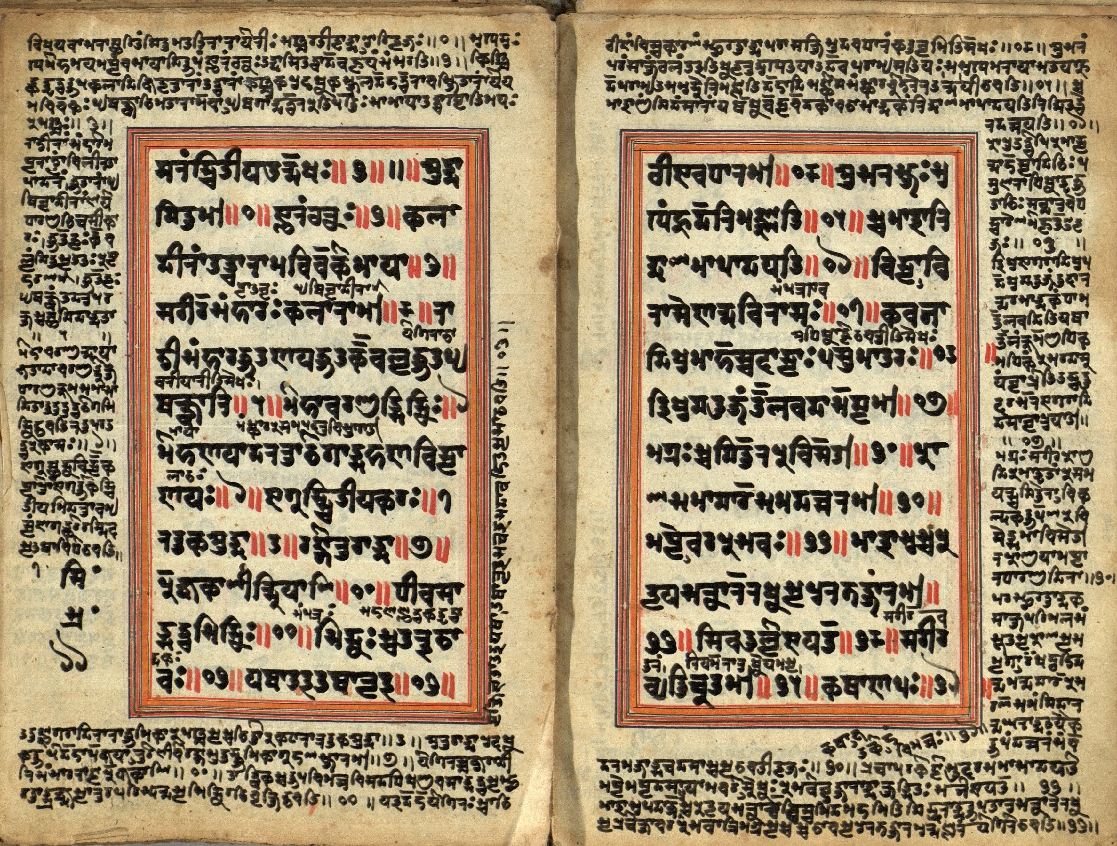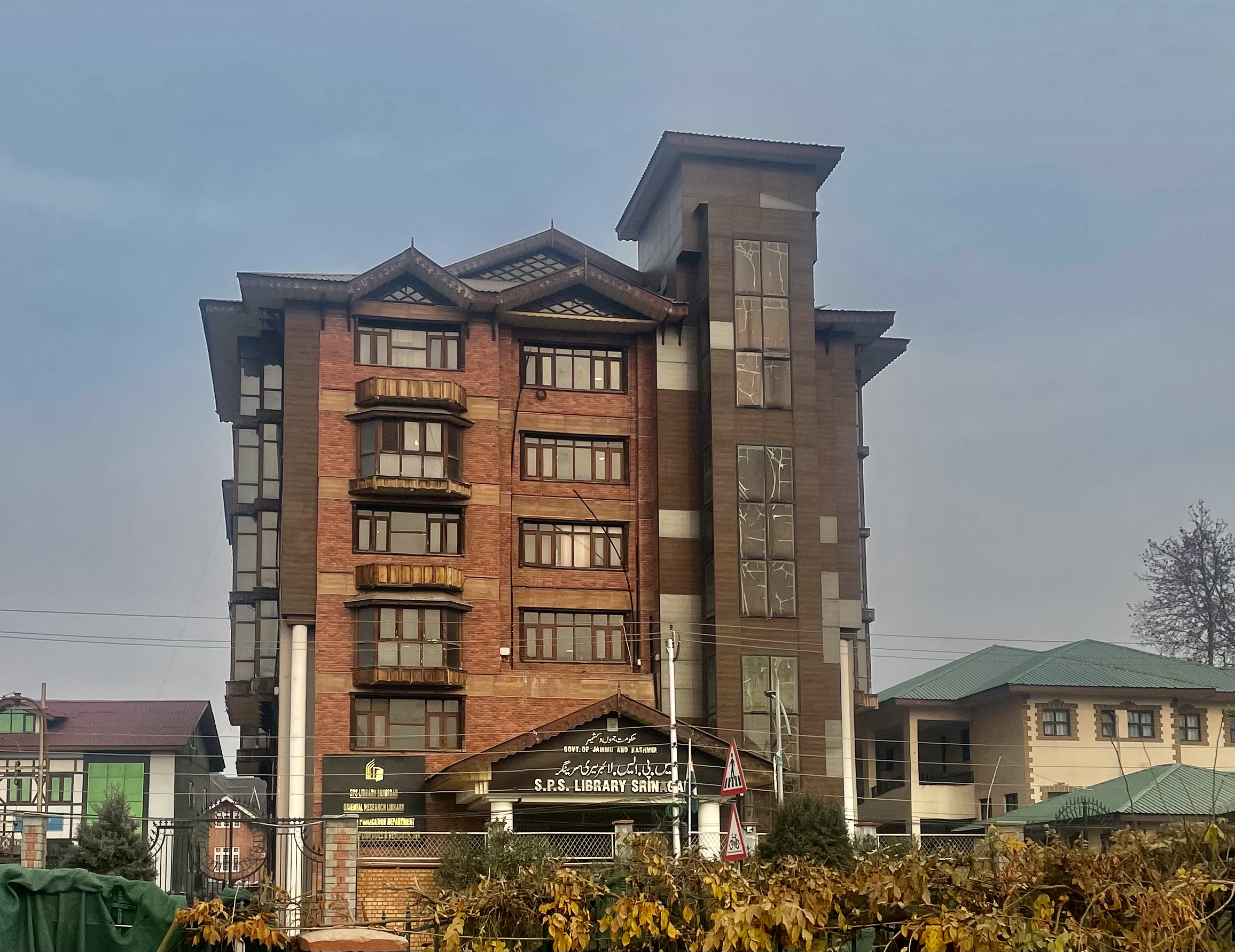Translation Series
THE MUKTABODHA TRANSLATION SERIES
The Muktabodha Translation Series is now well underway with the first two volumes expected in 2026, and we wholeheartedly thank the generous donors who have supported the translation of these two volumes. New translation proposals are under discussion, and we will share information about upcoming volumes as soon as we can. Donors are welcome to support new volumes, helping to fulfill Muktabodha’s goal to bring the wisdom contained in these texts to a broad audience now and far into the future.
Dr. Hamsa Stainton, Editor-in-Chief of the Series and a member of Muktabodha’s Academic Advisory Council has said, “It is such an honor and an inspiration to serve as the editor for this translation project! I am very grateful to Muktabodha for empowering scholars by directly supporting this translation work. I would encourage anyone interested in supporting this work to reach out to Muktabodha, and I would welcome the opportunity to discuss ideas, questions, and suggestions about future volumes. I look forward to many exciting updates and publications in the years ahead!”
HISTORY AND FOCUS OF THE MUKTABODHA TRANSLATION SERIES
In 2022, Muktabodha celebrated its 25th anniversary. To mark this significant milestone, the Institute initiated a long-term project to translate a series of select Sanskrit texts from its Digital Library collections into English. Altogether, Muktabodha aims to sponsor the translation and publication of 10 mainly untranslated Sanskrit texts originally published in the Kashmir Series of Texts and Studies (KSTS).
In 1911, the Research Department of the State of Jammu and Kashmir began publishing the KSTS, which made dozens of texts preserved in Kashmir available outside of the region for the first time. The KSTS was the most important influence on what was seen as a distinctly “Kashmirian” form of Śaivism, and it laid the foundation for all future discussions of what is often referred to as ‘Kashmir Śaivism.’ Many of the most influential and well-known works composed in Kashmir by some of the leading intellectuals of premodern India, such as Somānanda, Utpaladeva, Abhinavagupta, and Kṣemarāja, were published in the KSTS. However, fewer than half of these have been translated into English. This remains a major gap in the study of Śaivism and other religious, philosophical, and literary traditions in India.
The Translation Series will expand on the preservation work that Muktabodha has already accomplished. One of Muktabodha’s earliest contributions to Indological research was to provide scans and searchable e-text versions of the KSTS volumes to scholars worldwide. Muktabodha then published translations of the Paramārthasāra of Abhinavagupta and the Īśvarapratyabhijñākārikā of Utpaladeva, both important texts of Śaiva non-dualism published in the KSTS.
The Muktabodha Translation Series will serve a broad range of scholars and practitioners interested in the religious and philosophical traditions of Kashmir and, at the same time, provide access to these treasures of Indian thought to the world at large. It is Muktabodha’s intention to ensure that the volumes in this series are academically rigorous translations and yet accessible to a general audience.
Dr. Hamsa Stainton, the Series Editor, is a distinguished scholar of Indology at McGill University. Dr. Stainton brings extensive expertise in the study of Śaiva Tantra, and its Kashmirian expressions in particular, to bear on this project. The Muktabodha Translation Series will be published by the State University of New York Press, an outstanding academic publishing house with a long tradition of offering titles in Indian Religions and, in particular, Śaivism in Kashmir (and beyond).
VOLUME 1– The Śivasūtravimarśinī

A sample of a Śivasūtra manuscript in Śāradā script. It is the beginning of the third chapter with an anonymous commentary (vṛtti) in the margins that some manuscripts ascribe to Ksemarāja.
The inaugural volume is a new edition, translation and study of the Śivasūtra (‘Aphorisms of Śiva’) along with Kṣemarāja’s commentary, the vimarśinī .
The Śivasūtravimarśinī is being translated into English by Dr. Mrinal Kaul (Assistant Professor of Indian Philosophy at the Department of Humanities and Social Sciences, Indian Institute of Technology-Bombay) and Dr. Ben Williams, who holds the Muktabodha Chair of Yoga Studies at Yoga Studies at Naropa University and is a member of the Muktabodha Academic Advisory Council.
According to Drs. Kaul and Williams, the Śivasūtra is arguably the most influential text in the study and practice of the non-dual Śaiva traditions of Kashmir. In medieval Kashmir, it marked a transition to a much broader and more accessible form of non-dual Śaiva teachings, informing the composition of the Spandakārikā (‘Stanzas on Vibration’) and garnering numerous commentaries in subsequent centuries from across the subcontinent.
Historically, the most cited and studied of all commentaries on the Śivasūtra is Kṣemarāja’s vimarśinī . It has been so fundamental to the understanding of the text that it has become difficult to distinguish the root text, the Śivasūtra revealed to Vasugupta (c.825-875), from the subsequent commentary that Kṣemarāja (c.1000-1050) provides. Drs. Kaul and Williams have collected and consulted over 60 manuscripts of the Śivasūtravimarśinī from across the Indian subcontinent, including a large collection of manuscripts in Śāradā, the script used in the region of Kashmir. These sources reveal an extensive history of circulation. This is the first time a comprehensive analysis of the text’s transmission has been undertaken.
VOLUME 2 - the Janmamaraṇavicāra

The Oriental Research Library in Śrinagar, Kashmir, which holds the extant manuscripts of the Janmamaraṇavicāra
For the second volume in the series, Dr. John Nemec (Professor of Religious Studies at the University of Virginia) is translating the Janmamaraṇavicāra (‘Reflection on Life and Death’) by Bhațța Vāmadeva. Dr. Nemec will provide the first ever commentary on the text, in addition to an overview on the development of Śaiva teachings in Kashmir. He will present Vāmadeva’s fascinating interweaving of Śaiva theology and Indian medicine in a manner that is accessible and engaging for academic and non-specialist audiences alike.
The Janmamaraṇavicāra or “Reflection on Life and Death” is a unique work in the history of Śaiva literature. Little, however, is known of the text’s author, Bhaṭṭa Vāmadeva. One can be certain of next to nothing as regards his personal and material circumstances, nor is he known to have written anything else. What can be registered is that Vāmadeva very likely was the disciple of the famed Śaiva exegete, Yogarāja, who himself was the grand-student, via Kṣemarāja, of the great Śaiva polymath, Abhinavagupta.
To help readers understand more regarding the genesis of this exciting project, Muktabodha asked the writer Duff McDonald to interview Dr. Nemec about what he found so fascinating in the Janmamaraṇavicāra. You can read Duff’s interview here.
